Teens and graphic novels are often
linked in popular culture, as well as in libraries. It will come as no surprise
to most librarians that the most popular genres for this age group are manga
and superhero comics. I do not mean to imply that there is anything wrong with
either of these genres, I am merely hoping to help teens find even more
enjoyment in the graphic novel format and reading in general. Teens, like the
rest of us, often have trouble expanding their reading repertoire once they
have found something they like. It is perfectly fine if they don’t want to or
are not ready to expand their selections, but they may just be overwhelmed by
all the choices and may not know what to try next. The goal of this reader’s
advisory guide then, is to provide a starting point for teens and the
librarians who serve them.
This guide is intended as a bridge
between the popular manga and superhero sub-genres and the wider sphere of
graphic novels. As such it will focus on fiction of all genres. While
nonfiction is an important and emerging area of interest, I think fiction is a
more accessible starting point for an audience that already reads some fiction
sub-genres.
While
the graphic novels on this list can be enjoyed by adults, with a few even
appropriate for young readers, they are intended to appeal more specifically to
a teen audience. I focused mainly on
thirteen to sixteen year olds, as older teens might prefer to read more adult
works. Additionally, these younger teens are less likely to have the more
advanced searching skills that would help lead them to these titles on their
own.
To
compile this list I first consulted The
Readers' Advisory Guide to Graphic Novels by Francisca
Goldsmith. This is a great resource for finding quality, but less well-known
graphic novels for all ages. I selected
all of Goldsmith’s suggestions that met my age requirements, were fictional,
and were not manga or about superheroes. I then consulted the list of Eisner
Award winners. I only selected books from this list that were expressly meant
for teens, as well as meeting my genre needs. Lastly I consulted the Booklist “Top 10 Graphic Novels for
Youth” article which reviewed titles from 2012. Again I only selected titles
that met my criteria. As currency is important to teens, I made sure to only
select titles published within the last ten years from all of my sources.
This guide is not meant to be an
exhaustive list of graphic novel fiction for teens, but I hope that it will be
useful as a starting point to drive interest in graphic novels aside from manga
and superhero comics. This guide may also serve as a tool to help
librarians build their graphic novel collection.

1. Abel, Jessica, Gabriel Soria,
and Warren Pleece. Life Sucks (First
Second, 2008). For the reader who can't get enough Twilight, this is a fun, colorful take on the teenage vampire romance. Dave is a vegetarian vampire who is crushing hard on Rosa, a goth girl with attitude. But his bigger, badder boss is planning on making him work FOREVER.

2. Abouet, Marguerite, and
Clément Oubrerie. Aya (Drawn and
Quarterly, 2007). If you want to see how teens in other times and cultures lived, this is a good place to start. Aya is a girl living in the seventies on the Ivory Coast of Africa, who has to deal with many of the same issues teens in America have. Disapproving parents, friends, and boys, to name a few. The art is bright and expressive, with clear lines.

3. Brosgol, Vera. Anya’s Ghost (First Second, 2012). Feeling self-conscious and in need of a new friend? So is Anya, she has just about given up on ever fitting in at school and making friends. That is until she falls down a well and makes friends with a ghost.
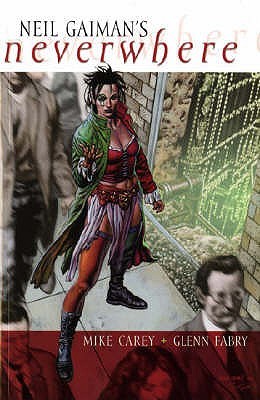
4. Carey, Mike, and Glenn Fabry.
Neil Gaiman’s Neverwhere (DC Comics,
Vertigo, 2007). A gritty fantasy story of identity and
betrayal, with the city of London itself featured as the underworld. Richard is an average guy, who is always getting pushed around. That all changes when he meets Door, a sexy portal opener who helps Richard find his adventurous potential.
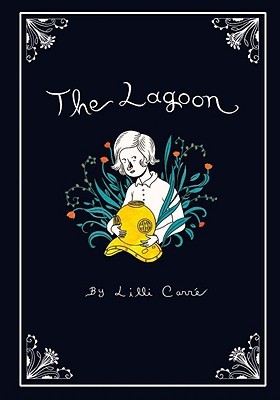
5. Carré, Lilli. The Lagoon (Fantagraphics, 2008). For the reader who has an appreciation for art. Something is singing in the lagoon and causing all sorts of interesting reactions in Zoey's family. The beautiful black and white art lends itself well to creating an almost, but not quite, creepy story.
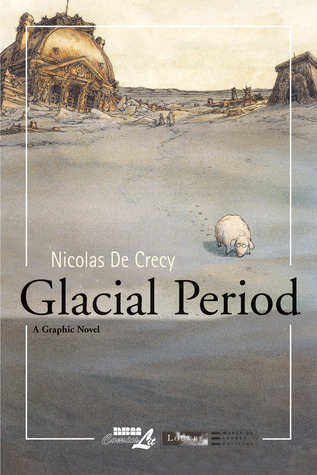
6. De Crecy, Nicolas. Glacial Period (NBM, ComicsLit, 2007).
What will the people of the future think of the artifacts of our present? With fantastic and wonderfully detailed art, this story provides a whimsical answer. In the far distant future, archaeologists come across the Louvre and its expansive collections.

7. Dorkin, Evan, and Jill
Thompson. Beasts of Burden (Dark
Horse, 2010). A great superhero transition story for an animal lover. A neighborhood group of dogs and one cat, vow to protect their home from the evil entities that lurk in the shadows. The beautifully painted art adds a more somber tone to this fun animal story.
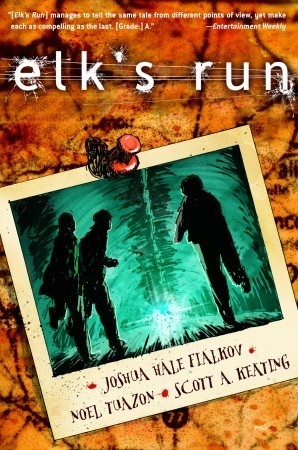
8. Fialkov, Joshua Hale, Noel
Tuazon, and Scott A. Keating. Elk’s Run
(Villard, 2007). What was once a peaceful utopian community is suddenly ripped apart by a violent rebellion from within. Teens decide to take a stand against their elders in the aftermath. Varying art styles convey essential aspects of time and psychological state
without ever sacrificing character individuation or realistic expressiveness.

9. Gaiman, Neil, and P. Craig Russell.
Coraline (HarperCollin’s Children’s
Books, 2009) Fans of the book and movie might also enjoy this Eisner award winning graphic adaptation. Coraline finds herself in a world that seems just a bit better than where she came from. Until her new not-quite-right parents want her to stay forever. The art is realistic and creepy, a different style than movie fans might be expecting.

10. Johnson, Mat, and Warren
Pleece. Incognegro (DC Comics,
Vertigo, 2008). Fans of mystery, intrigue and history will find a riveting tale in this story of racial tension in pre-civil rights era Mississippi. Stark chiaroscuro art lends itself to the suspense surrounding the possibility of Zane, a black reporter passing as white, being discovered.
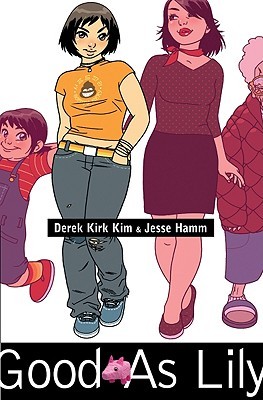
11. Kim, Derek Kirk, and Jesse
Hamm. Good as Lily (Minx, 2007). A good choice for a reader who wants to keep some of the familiar manga elements. When
Grace turns eighteen and is accidentally hit on the
head on her birthday, she is confronted by herself at four different ages, past
and future. Now they just have to get along if they are going to save Grace's school play.
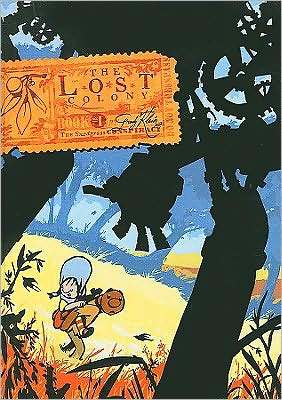
12. Klein, Grady. The Lost Colony (First Second, 2006–). This symbol-laden but accessible satire is set in an alternative antebellum paradise for
white men—at the heart of which is a little girl whose best friends aren’t
white. Happy and colorful art provides a contrast to the subject matter. Part of a continuing series.
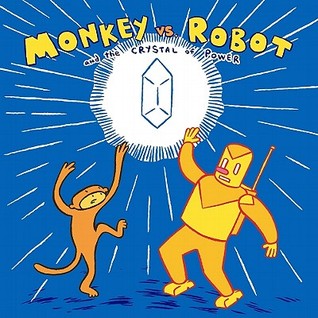
13. Kochalka, James. Monkey vs. Robot and the Crystal of Power
(Top Shelf Productions, 2003). Told almost completely without words, this story of nature vs. technology is sure to strike a cord with ecologically aware readers. The art is simple with flat colors.
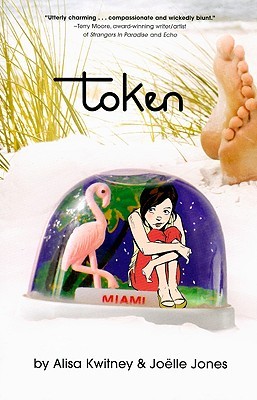
14. Kwitney, Aisa, and Joelle
Jones. Token (Minx, 2008). A story about becoming an individual in the face of family and relationships. Told from teen Shira's perspective as she deals with her father remarrying after her mother's death. Beautifully rendered characters and Florida settings
provide depth and texture to the tale.

15. L’Engle, Madeleine, and Hope
Larson. A Wrinkle in Time (Farrar,
2012). Fans of the book will love this 50th anniversary graphic adaptation, as will anyone new to the tale. The story of the time and space traveling Murry clan and of course the three Mrs. W's has been beloved by generations. The modern cartoon style art puts a fresh spin on this classic.
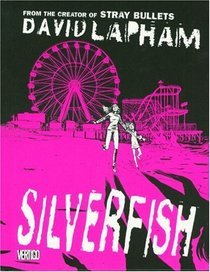
16. Lapham, David, and Dan
Lapham. Silverfish (DC Comics,
Vertigo, 2007). You can trust your parents, right? Right? Mia isn't so sure, especially after finding a secret stash of money, a bloody
knife and a mysterious address book in her stepmother's purse. The inky black and white illustrations do a lot to create the scary atmosphere.
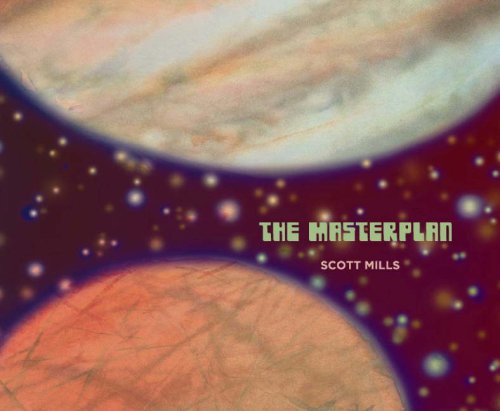
17. Mills, Scott. The Masterplan (Top Shelf Productions,
2003). Carter Zacharias is a
man with a mission, a scientist who will stop at nothing to save the
universe itself from its unrelenting expansion. Simple and soft black-and-white
drawings are contained in small panels that suddenly burst out into full page spreads, emphasizing the threat of expansion.
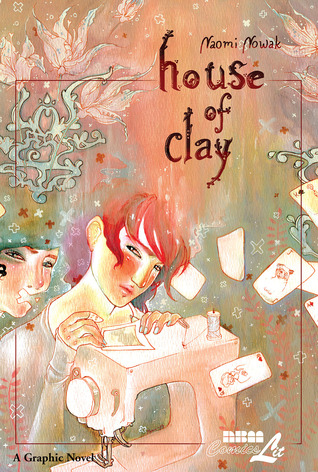
18. Nowak, Naomi. House of Clay (NBM, ComicsLit, 2007). For the more literary minded reader. A young Frenchwoman finds work in a seaside sweatshop in a story that seems realistic until
seemingly magical events begin to transpire. Symbolism in the sumptuous visuals and complex plot
elements abound.
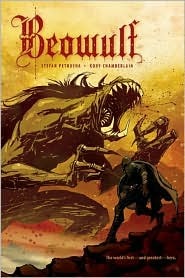
19. Petrucha, Stefan, and Kody
Chamberlain. Beowulf (HarperCollins,
2007). For the reader who can't quite figure out the meaning of the Old English, the minimal dialogue and images help to set the scene for a fuller reading of the poem. Grendel, his mother, and the hero Beowulf are brought to superhero, expressive life in this adaptation.

20. Schweizer, Chris. Crogan’s Loyalty (Oni, 2012). A touching story about family loyalty, set against a backdrop of the American Revolution. The historical accuracy of the story is offset by the fun cartoon style illustrations.
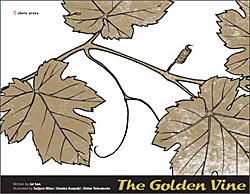
21. Sen, Jai, Seijuro Mizu, Umeka
Asayuki, and Shino Yotsumoto. The Golden
Vine (Shoto Press, 2003). In this revision of ancient history, Alexander the
Great was able to unite the known world. The three parts are each
drawn by a different artist but tied together by using black ink images overlaid with gold.

22. Sfar, Joann, and Emmanuel
Guibert. The Professor’s Daughter
(First Second, 2007). Want some more funny and paranormal romance? In Victorian London, Lillian falls in love with one of the mummies her father is studying. Told with
tongue firmly in cheek, the graceful and pastel painted art enhances both the
details of the setting and the humorous take on events.
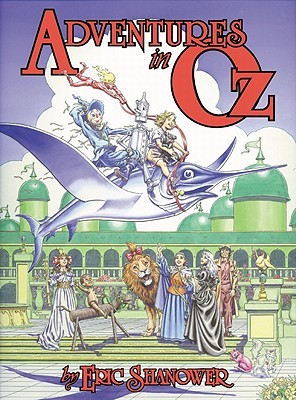
23. Shanower, Eric. Adventures in Oz (IDW, 2006). Staying true to the spirit of Baum's Oz, this adaptation has an old school feel, without being fussy. A fun way to continue exploring the lands of Oz, especially with the recent movie release.
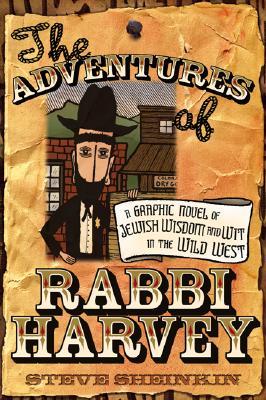
24. Sheinkin, Steve. The Wit and Wisdom of Rabbi Harvey(Jewish Lights Publishing, 2006). Sepia-washed cartoons fit well with the Wild West setting of these stories. The rabbi plays the traditional folklore role of wise and witty old man as well as the roaming sheriff of the west. A great mishmash of cultures.
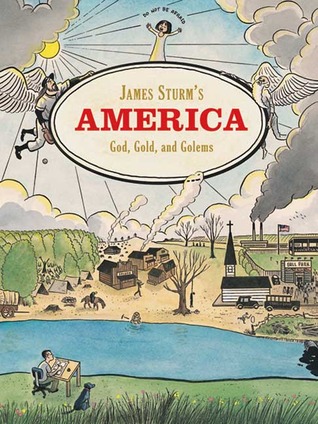
25. Sturm, James. James Sturm’s America: God, Gold, and Golems
(Drawn and Quarterly, 2007). Here are collected three novellas based on
American history: The Revival, Hundreds of Feet Below Daylight, and The Golem’s Mighty Swing. Different
drawing styles convey the three time periods, with the nineteenth-century
religious revival and the mining story in rough black and white, and the Negro
Leagues–era tale in sepia-washed and softer shapes.

26. Tan, Shaun. The Arrival (Arthur A. Levine Books,
2007). Told with no words, the story follows an immigrant as he leaves his family and ventures to a new land. His hopes and dreams slowly take shape as he is helped by those around him, former immigrants with their own stories to tell. Beautiful and whimsical, the sepia toned art evokes a sense of history and strangeness.

27. Telgemeier, Raina. Drama (Scholastic/Graphix, 2012). Calling all drama geeks and theater nerds, who know acting is actually awesome. Callie is the set designer for her troubled school play, when even more drama occurs when two cute brothers enter the picture. This middle school drama is given life by the exuberantly colorful art.

28. Telgemeier, Raina. Smile (Scholastic/Graphix, 2011). If you haven't had braces, count yourself lucky. If you have had braces, you'll know Raina's pain in this funny coming of age tale as she tries to handle surgery, headgear, retainers, and boys. With endearing art, this is a can't miss.

29. Thompson, Craig. Good-bye, Chunky Rice (Pantheon, 2006).
A sweet and insightful tale of friendship, the competing need for independence,
and the desire to share new discoveries with an old friend is told through Chunky Rice, a turtle, and his stalwart friend Dandel, a mouse. The illustrations are lushly done in a cartoon style that pops right off the page.

30. Vaughan, Brian K., and Niko
Henrichon. Pride of Baghdad (DC
Comics, Vertigo, 2006). Inspired by a true event, when lions escaped from the
Baghdad Zoo after a bomb hit it in 2003, this beautifully colored story tells
what happens from the lions’ viewpoints. Lost and confused,
hungry but finally free, the four lions roamed the decimated streets of
Baghdad in a desperate struggle for their lives. Other episodes in human history that
have touched wildlife are woven into the lions’ story.

31. Yang, Gene Luen, and Derek
Kirk Kim. The Eternal Smile and Other
Stories (First Second, 2009). Three stories rendered in three visual styles
each rely on a quick twist in the plot. Written in the style of traditional fairy tales and folklore, there are heart wrenching moments and surreal surprises in store for readers.

32. Yang, Gene Luen. American Born Chinese (First Second,
2006). For anyone who has ever felt out of place and torn in half. A story of an Asian American boy’s quest for identity and belonging is
tightly woven into a retelling of the traditional Monkey King trickster tale.
Color is employed symbolically as well as realistically in the clear-line
cartoons that depict racial stereotypes through the protagonist’s eyes.
Sources
Goldsmith,
Francisca. The Readers' Advisory Guide To
Graphic Novels. Chicago : American Library Association, 2010.
"List of
Eisner Award Winners." Wikipedia. Wikimedia Foundation, 21 Mar. 2013. Web.
22 Mar. 2013.
"Top 10
Graphic Novels For Youth." Booklist 109.13 (2013): 49. MasterFILE Premier.
Web. 22 Mar. 2013.
No comments:
Post a Comment